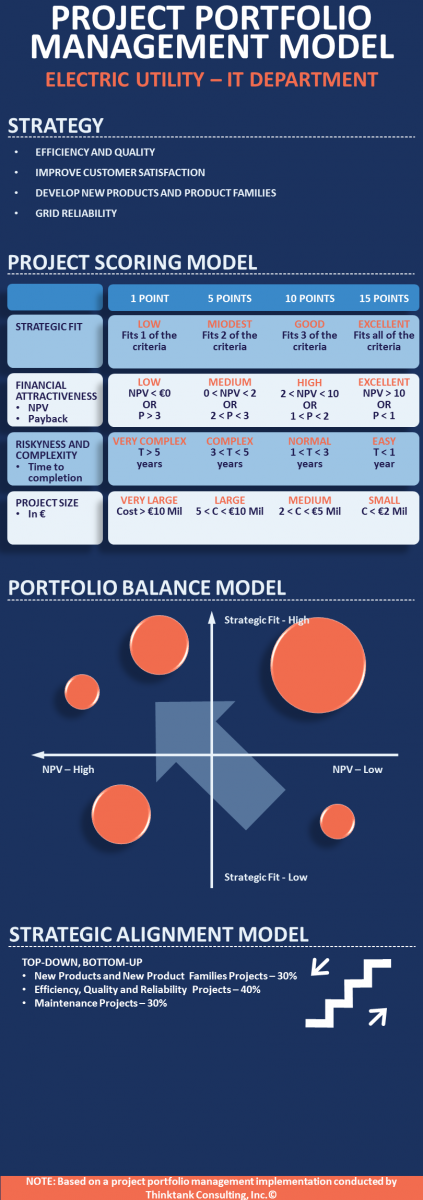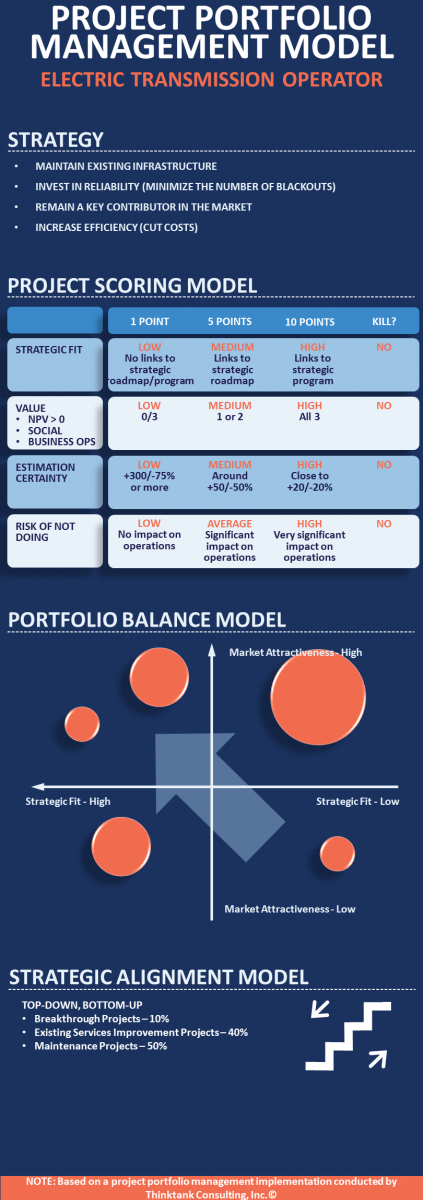Article - How to Explain Why “Estimation” Equals “Uncertainty”?
Submitted by Jamal Moustafaev on Sun, 09/04/2016 - 12:22
When dealing with stakeholders who do not have much experience in project management we inevitably encounter a situation where we have to provide “quick” estimates early in the project life cycle. The science of project management encourages us to use plus-minus estimates, ranges and coarse estimates (see more on the topic: Five Proper Ways to Present Project Estimates).
However, usually the stakeholders are very keen to hear very precise numbers like “the project duration is going to be 9 months and 3 days” or “the total budget is going to be $245,433”.
So, how do you explain to your customers that as soon as you started generating project estimates (especially the early ones), you have entered the domain of uncertainty?
I usually like to demonstrate the principle of uncertainty by picking a simple example completely unrelated to the project at hand and dissect it piece by piece right in front of their eyes.
Will the customer want Feature X?
In other words, will the customer decide to add Feature X to the dozens (hundreds, thousands) of other features already added to the project scope?
Example: Will the customer decide to add the “Landscaping” feature to the “Build a New Home” project?
Will the customer want the “Honda Civic” or “Ferrari” version of Feature X?
Will the customer prefer to go with a cheaper and simpler version of the chosen feature, or opt for a luxury kind?
Example: Will the customer choose to plant ten Eastern White Pines ($50/tree) or fifty Little Gem Magnolias ($500/tree)?
If you implement the “Honda Civic” version of Feature X, will the customer later change his mind and demand the “Ferrari” version after all?
Example: I am sure it never happened on your projects, but is there a chance that the customer who initially decided to go with ten Eastern White Pines, will change her mind and opt for fifty Little Gem Magnolias?


